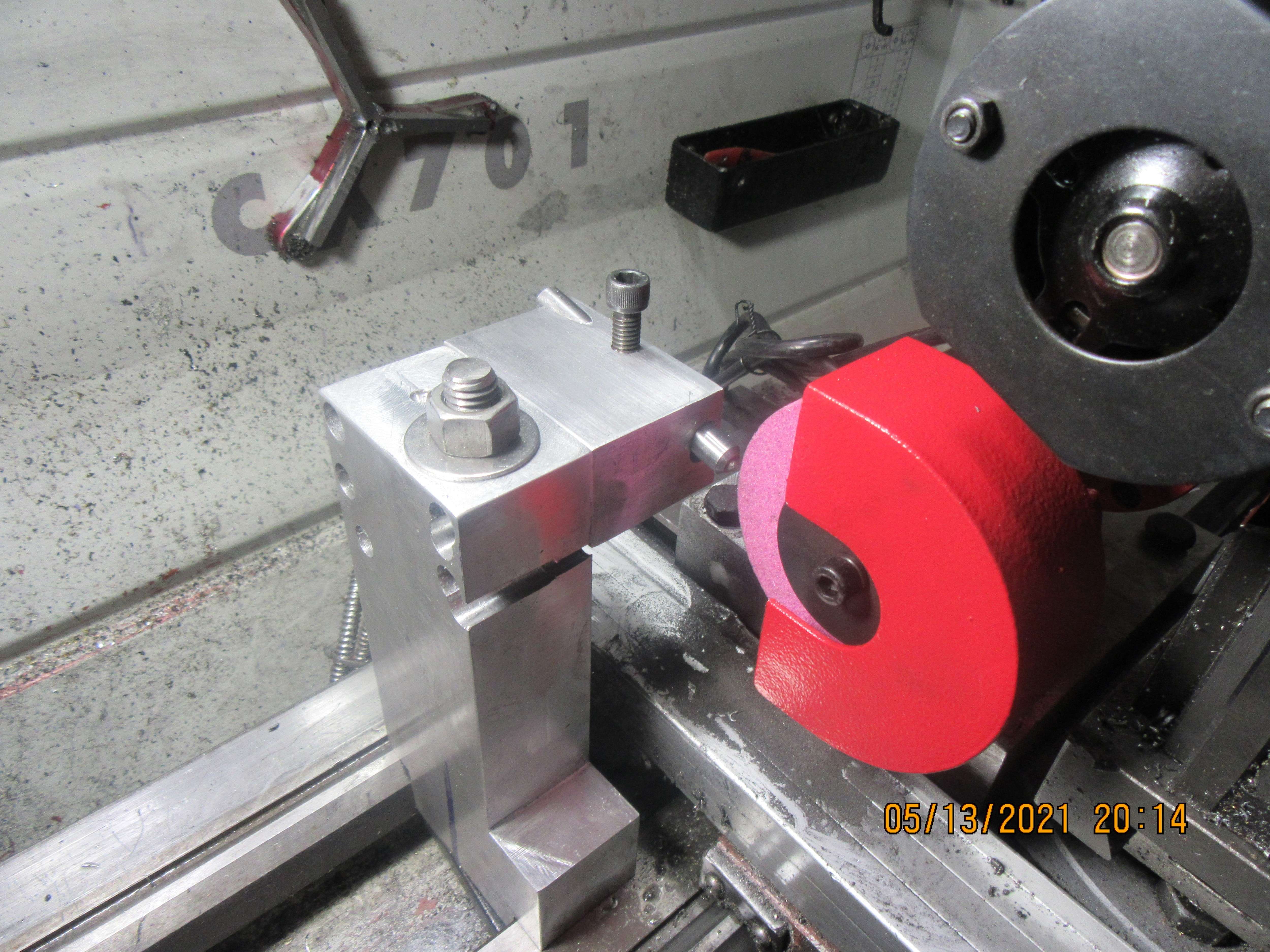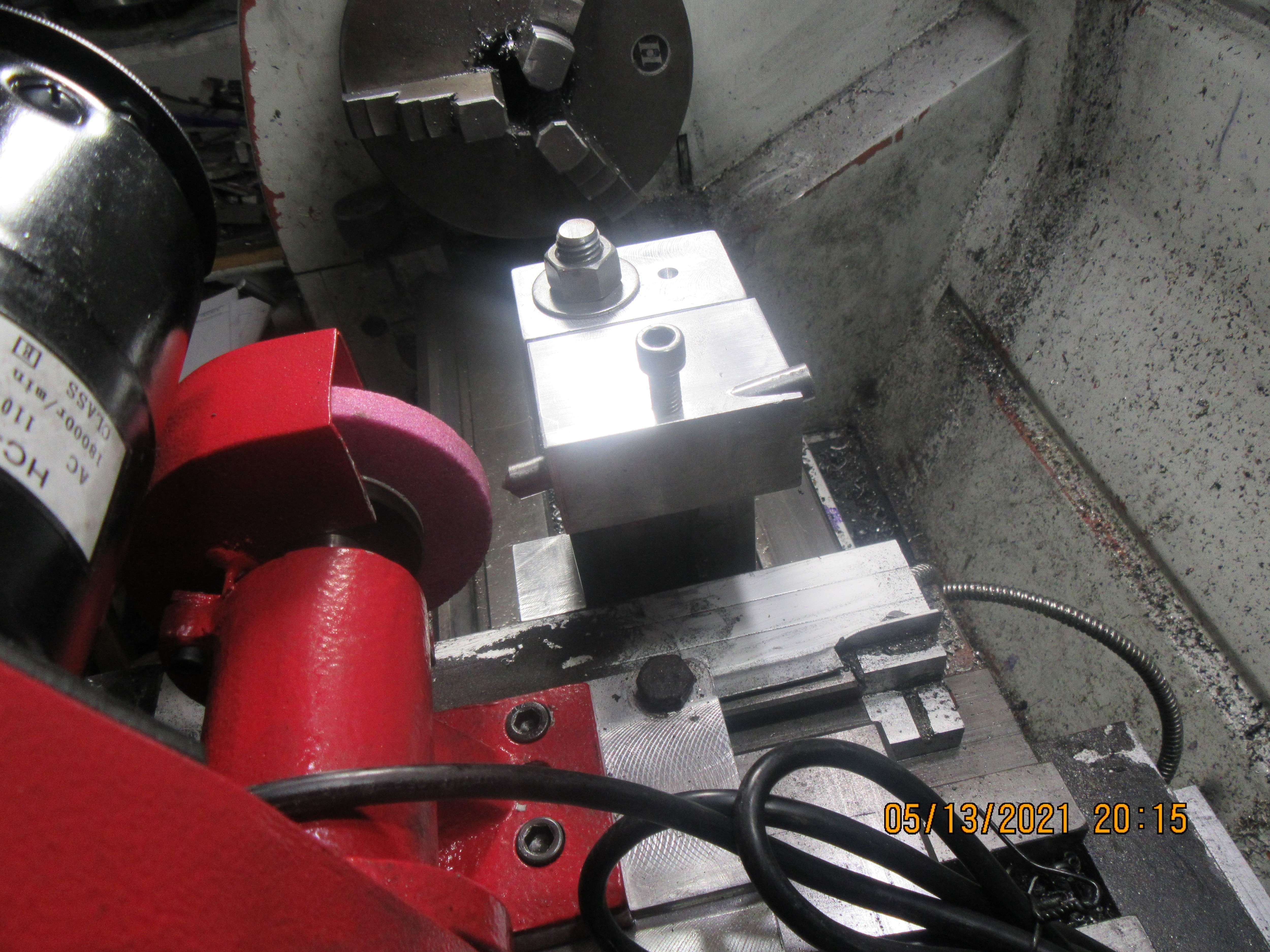Hi Brian. (Spell check pre-emptied my typing with "Brain").
Another nice bit of work. Next you'll make a dross collector with pipe for attaching your vacuum cleaner, to catch the dressed swarf from the stone. Some of that carborundum dust is smoke fine... (depends on the stone?).
K2
Another nice bit of work. Next you'll make a dross collector with pipe for attaching your vacuum cleaner, to catch the dressed swarf from the stone. Some of that carborundum dust is smoke fine... (depends on the stone?).
K2





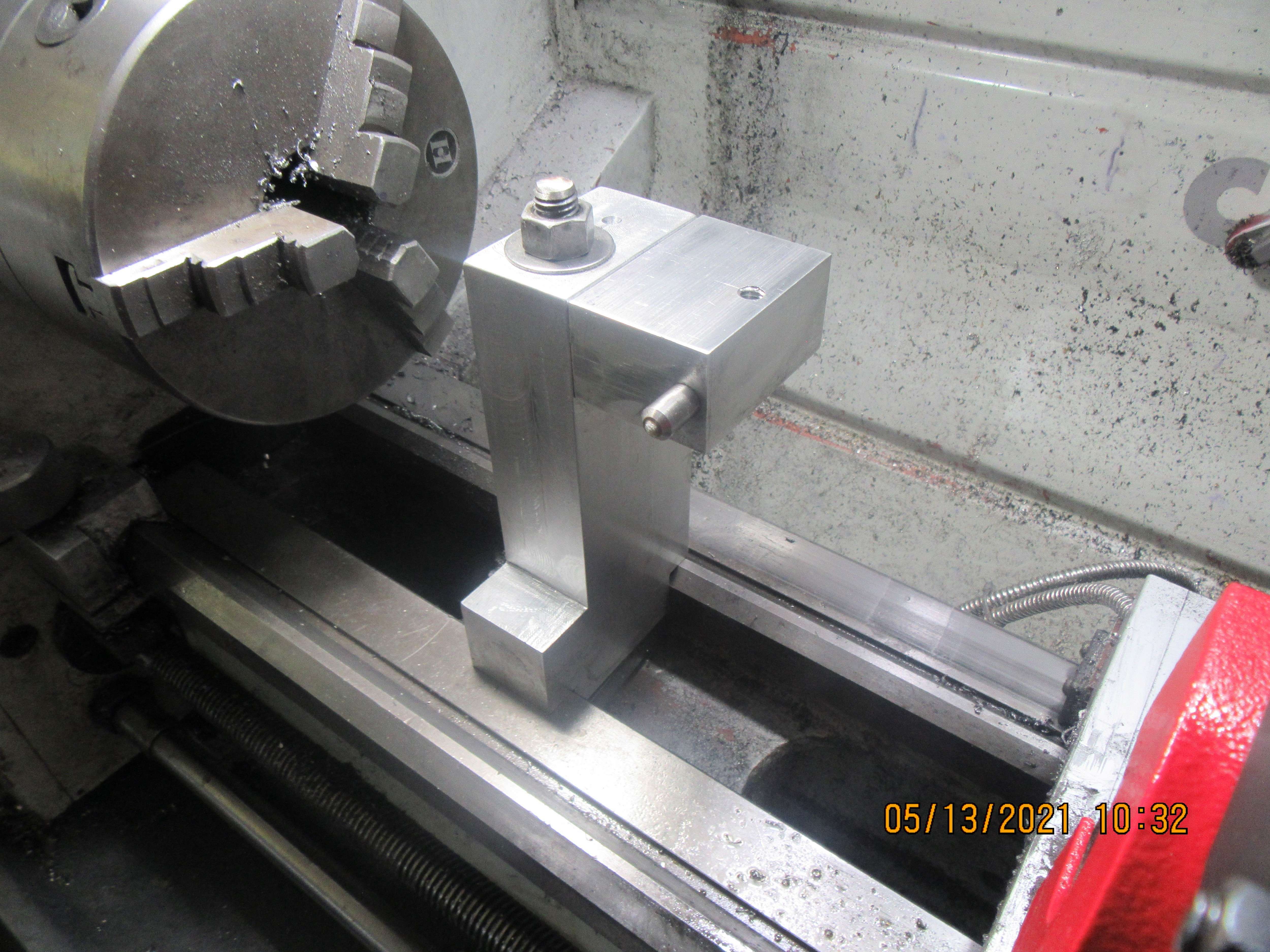
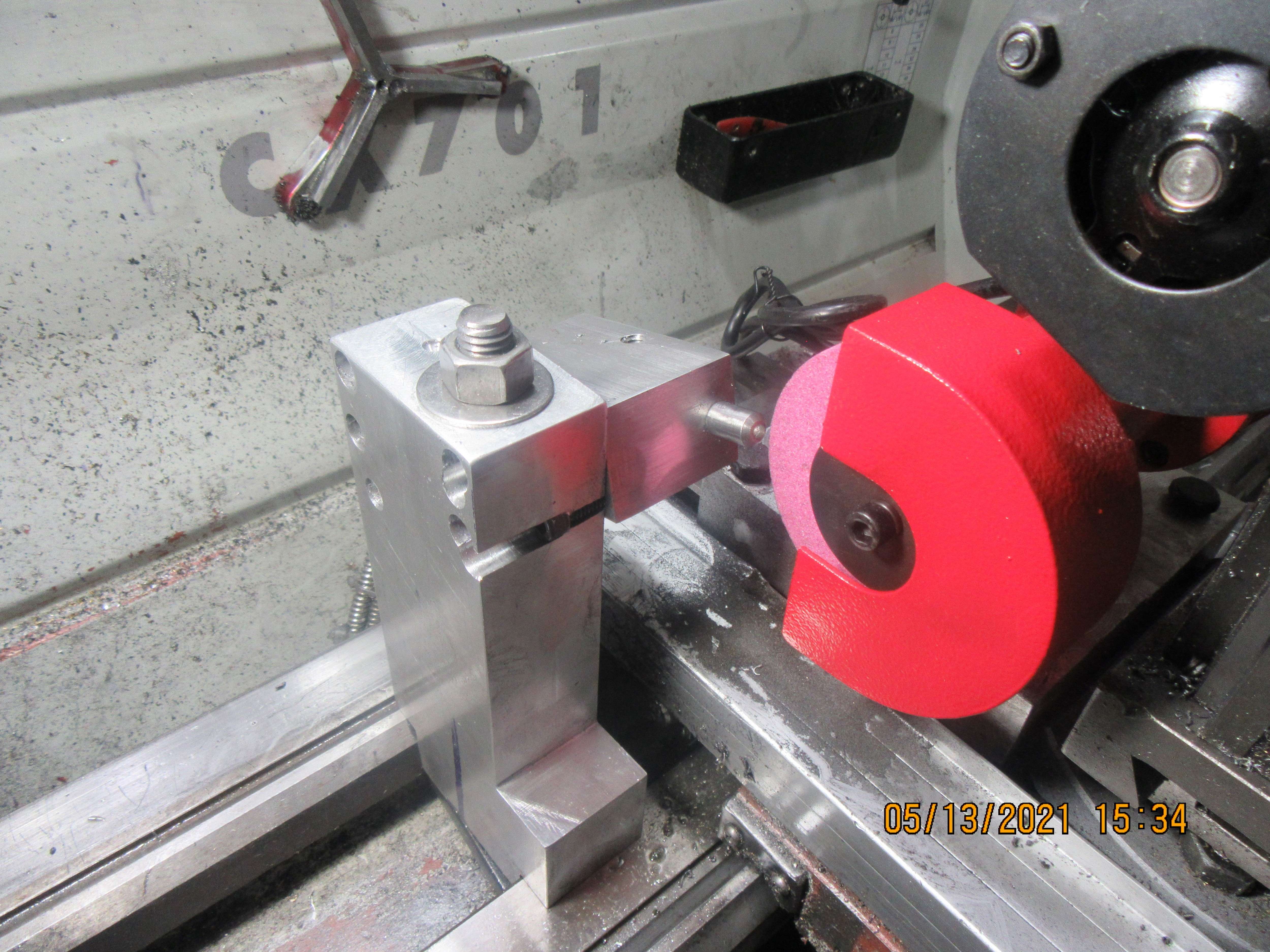
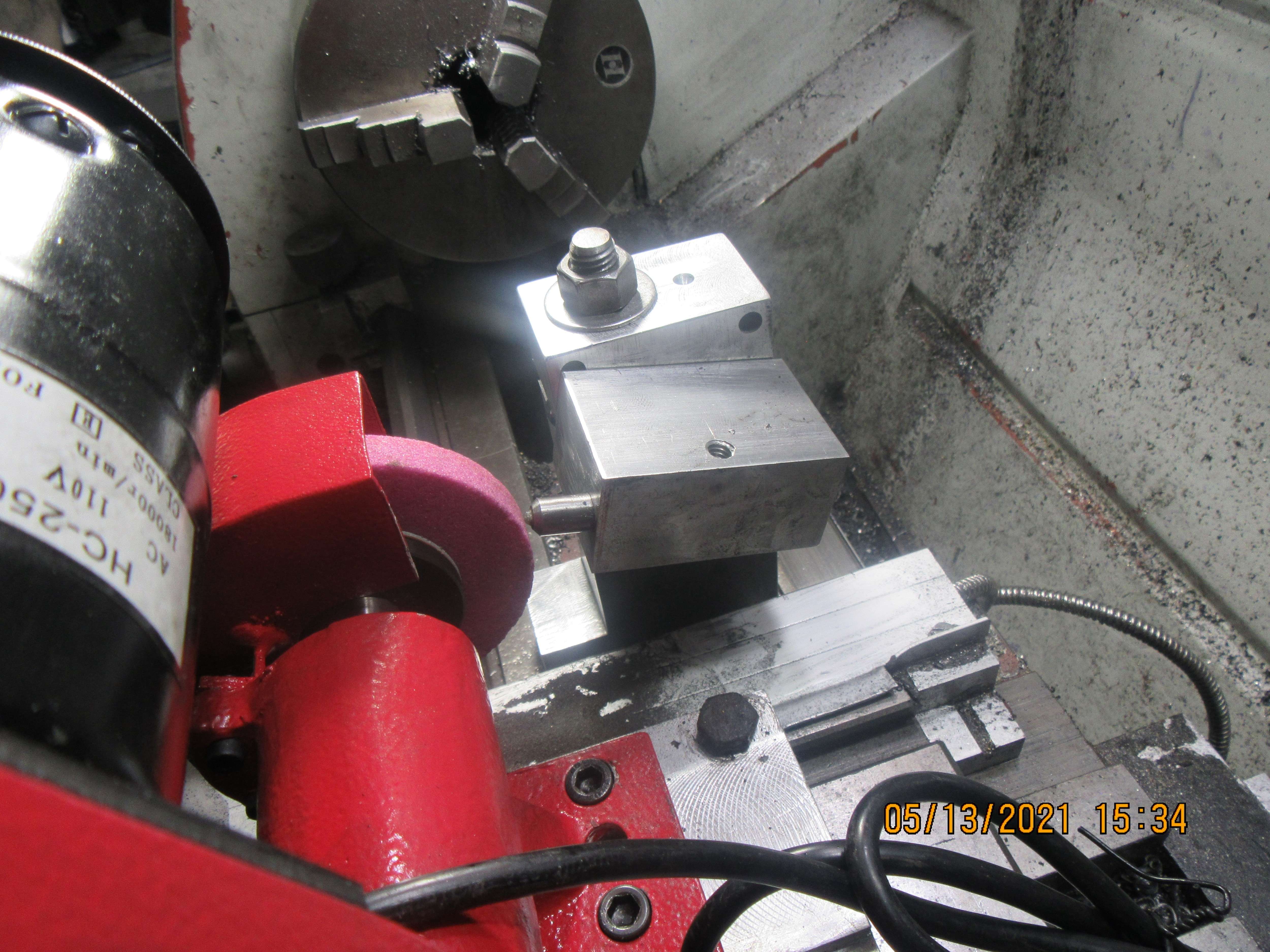



































![DreamPlan Home Design and Landscaping Software Free for Windows [PC Download]](https://m.media-amazon.com/images/I/51kvZH2dVLL._SL500_.jpg)






![MeshMagic 3D Free 3D Modeling Software [Download]](https://m.media-amazon.com/images/I/B1U+p8ewjGS._SL500_.png)













